It was a sobering and somewhat frightening thought when I realised I have been writing about – and commenting on – Scotland’s amazing farming industry across five decades now.
But it’s equally sobering to recall that across all those years I can’t remember a time when the industry didn’t seem to be facing up to one form of existential crisis or another.
When I first started writing for papers back in the 1980s, with the UK still settling into the EU’s Common Agricultural Policy (CAP), there was trouble with the green pound exchange rate.
And while 1985 brought the worst harvest in living memory, by the end of that decade open-ended production support meant grain intervention stores were bulging and butter mountains and wine lakes were beginning to attract public criticism.
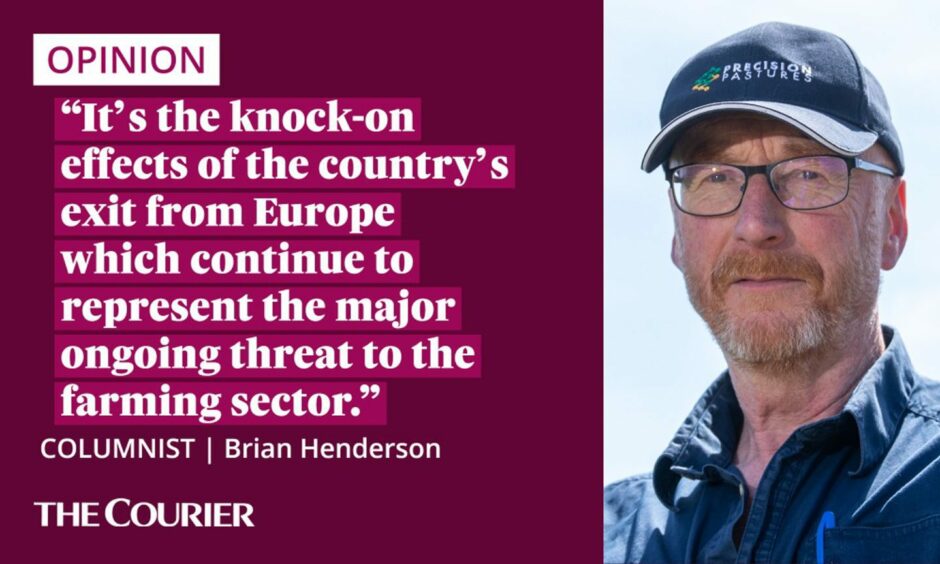
In the 1990s, the MacSharry CAP reforms brought warnings of the end of farming as we know it.
But it was the rise the cattle disease Bovine Spongiform Encephalopathy – otherwise known as mad cow disease – which hit Scotland’s farmers far harder.
BSE halted and came close to wiping out the country’s world-famous beef industry.
The following decade also saw further worrying changes to farm policy.
But the major shock at the start of the noughties came in the form of another disease as Foot and Mouth reared its gruesome head.
The country had seen outbreaks before. But the scale and speed at which livestock were moved around the country, linked to an arguably dilatory response from the UK Government, led to the disease spreading massively.
Infected animals passed through some of England’s major marts, vastly accelerating the spread of the disease.
And each and every one of the more than six million sheep and cattle which were slaughtered before the virus was finally brought under control brought heartache to someone.
Brexit presents new threat to Scottish farming industry
Farming’s fears during the 21st century’s ‘teenage’ years were probably focused on the two major referendums – the first on Scottish Independence in 2014 and the second, in 2016, on Brexit.
And while many in the industry had believed the former could threaten the country’s continued membership of the EU and the CAP, it was the latter which proved to sound its death knell.
The so-called ‘transition period’ of the UK’s withdrawal from the EU – when the country was neither fully in nor out of the world’s largest trading block – held fast into the start of the not-so-roaring twenties.
But once the drawbridge was pulled up at the English Channel, many of the worst fears over the export of Scottish lamb, beef, shellfish and other food products were realised.
And it is the knock-on effects of the country’s exit from Europe which continue to represent the major ongoing threat to the farming sector, as the promise of a new farm policy – one properly tailored to the needs of Scotland’s rich and varied landscape – continues to lie unfulfilled.
Scottish farming still seeking direction in wake of Brexit vote
We are only a fortnight shy of seven years since the result of the Brexit vote, when the normally bustling avenues of the Royal Highland Show were silenced as farmers awoke to the shocking realisation that the UK had voted to leave.
Yet, there is still no detail on what the first domestic farm policy in almost 50 years will look like.
The clamour of competing voices – among vociferous lobbying groups and within the corridors of power – calling on new policy to deliver not only safe, healthy food but also climate change mitigation and biodiversity enhancement means progress towards a new policy has been paralysed.
And while the resilience of the farming industry has seen it survive the many struggles of the past, there’s no doubting that the current uncertainty and lack of a clear direction is stifling investment and innovation.
It is also driving a retrenchment which represents one of the biggest ever threats to our farming sector.
But, with so much to be sorted out, there is definitely going to be plenty to write about in the coming years…
Brian Henderson farms a mix of arable and livestock enterprises with his family on their farm in Perthshire. He is a respected agricultural commentator and a weekly columnist for The Courier.
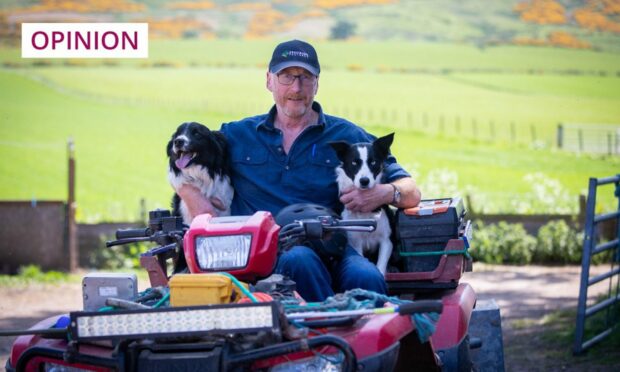
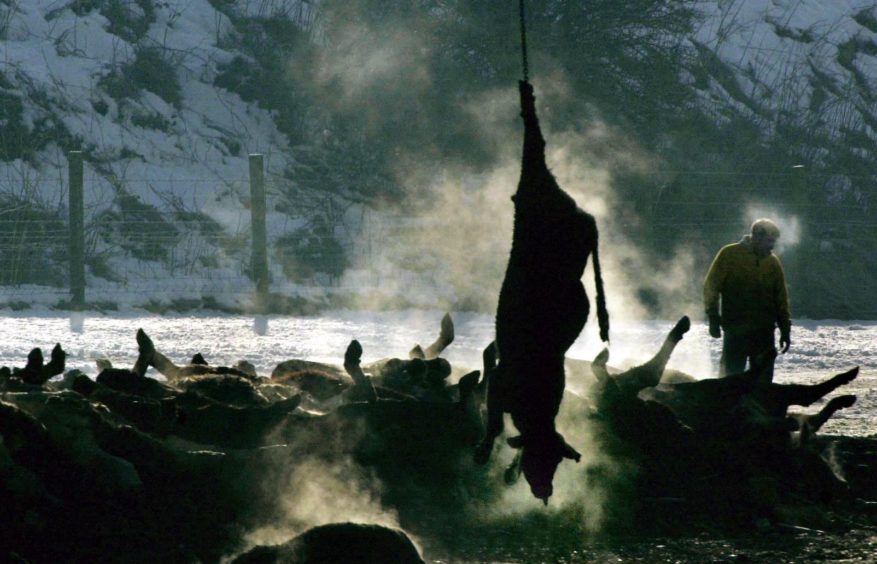
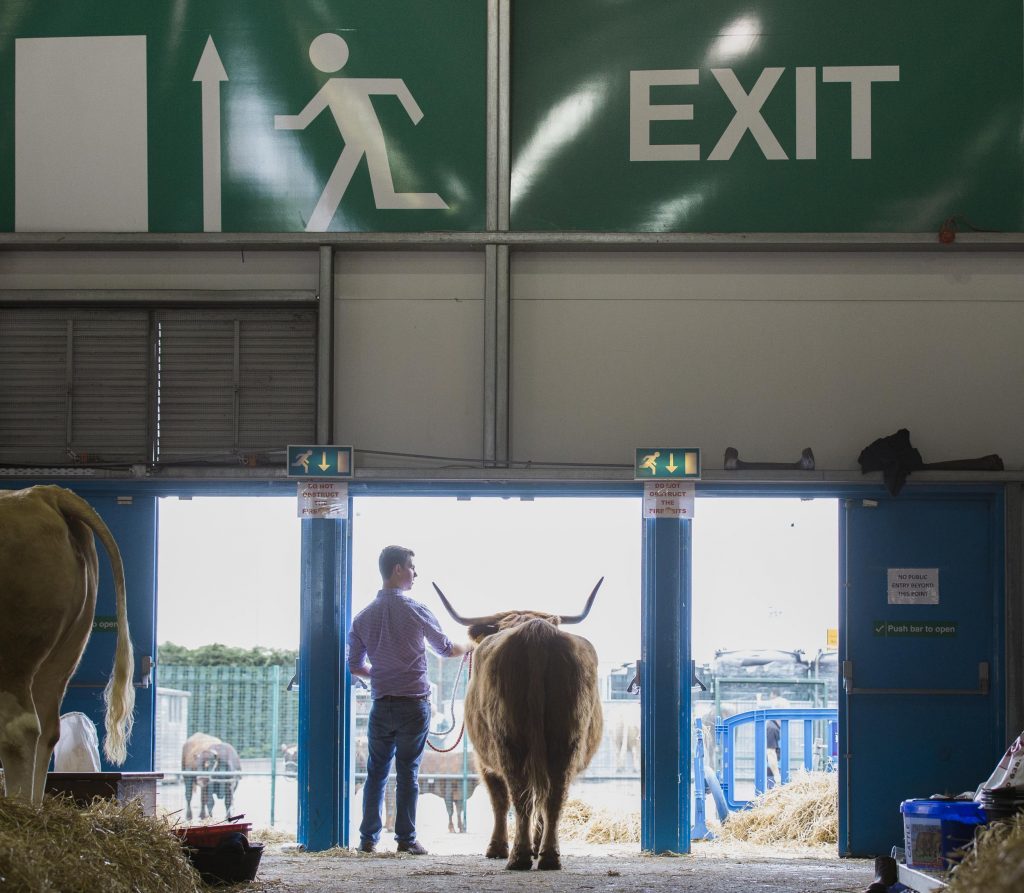
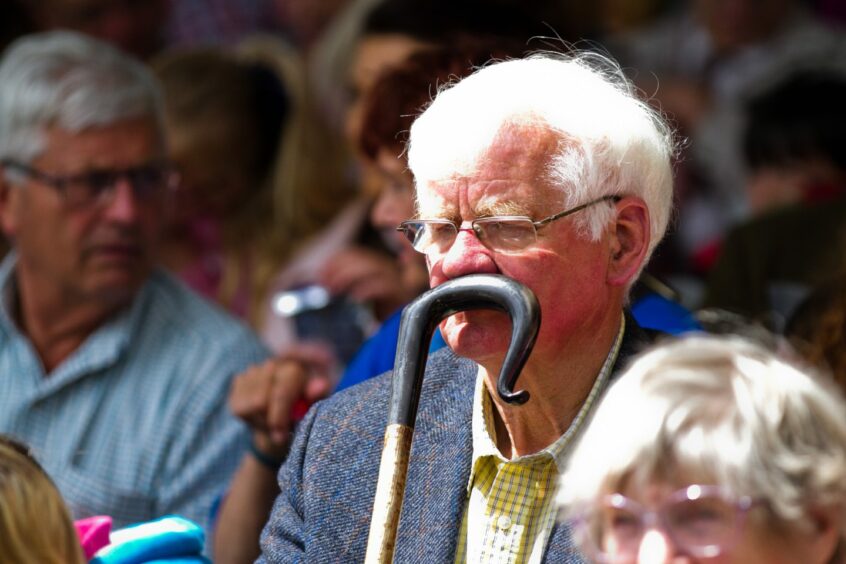










Conversation